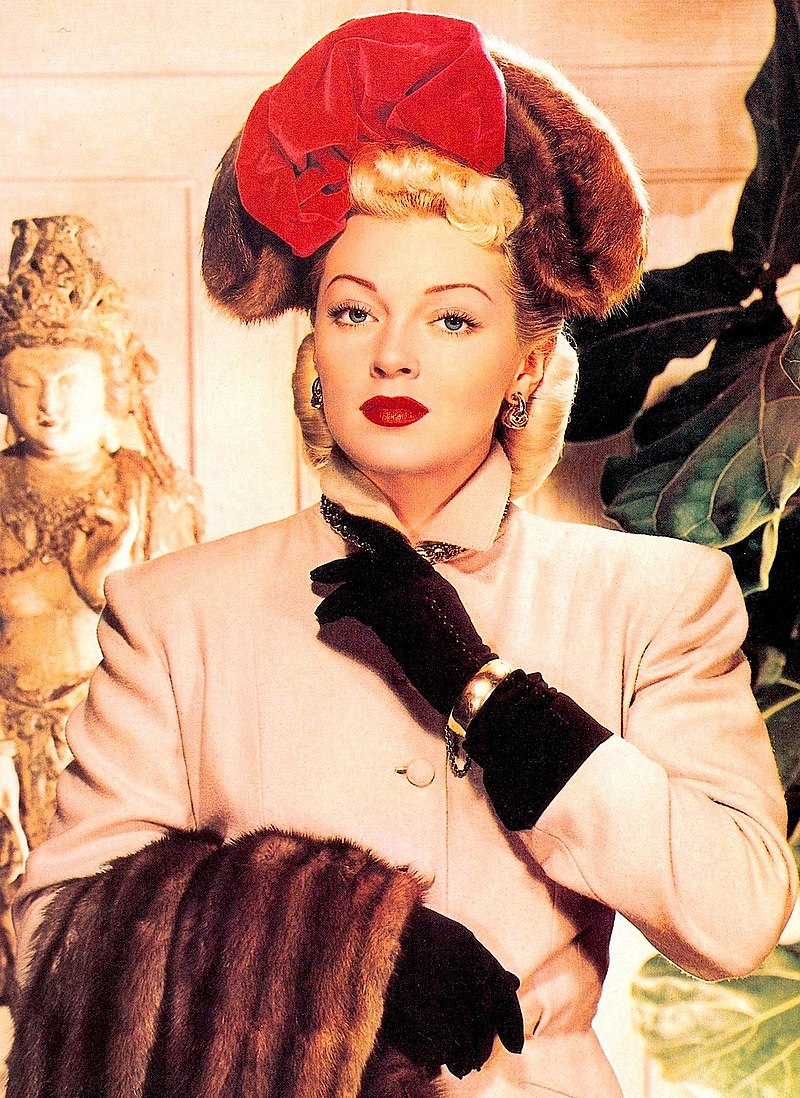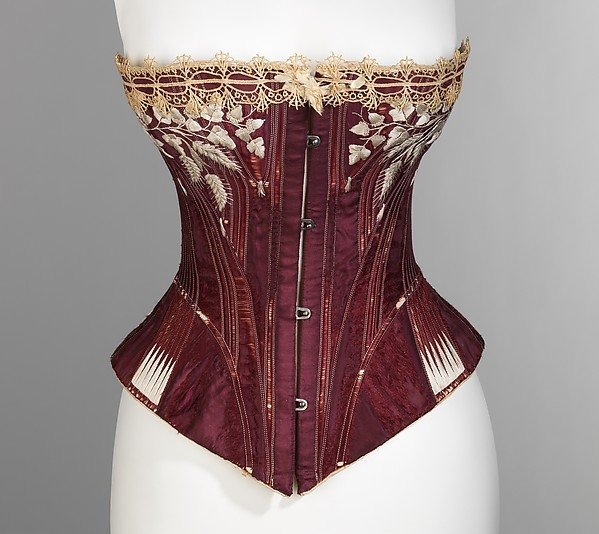Learn About the Book - Glamour: A History

Glamour: A History is a book written by Stephen Gundle. He is a Professor and Director of Graduate Studies in Film and Television at Warwick University. His interests lie mainly in the fields of film and cultural and political history with a special emphasis on Italian cinema and other media. Glamour: A History was published by Oxford University Press in 2008. It is the first ever written history of glamour including its three vital ingredients which are sex appeal, money, and fame. It also highlights both the magic of glamour and its crooked and sometimes tragic underside.
The book contains the history of glamour as well as the lives of the rich and famous from the eighteenth century to the twenty-first century. From Napoleon to Marilyn Monroe, from Beau Brummel to Gianni Versace, and to modern idols such as Paris Hilton. It also discusses the role of artists, photographers, writers, journalists, film-makers, models, and other occupations that are immersed in the public mind with the magical aura of glamour. Stephen Gundle shows in this book how glamour feeds on the middle-class desire for a thrilling and colorful life. A desire that is reinforced by the cinema and the press which serve as a stage for acting out scenes of a desirable life.
Glamour first occurred in Sir Walter Scott’s poem “Low Scots” in 1805. The book traces Scott’s usage of the term glamer in the poem and says that glamer means ‘the influence of a charm on the eye.’ The definition he gave elaborates the ability to transform the image of people through their appearance and creating illusions. Gundle also incorporates ideas from Simone de Beauvoir, a feminist theorist and with some cultural theorists like Baudelaire, Baudrillard and Walter Benjamin. He integrated his analysis to the relevant ideas of these theorists and he used it to translate the manifestations of glamour.
Based on this book, the earliest occurrences of glamour phenomena were in the late 18th and early 19th centuries in Britain and France. The author argues that glamour was international and not nationally based in geographic scope. He states that glamour is an urban phenomenon with a significant impact on large cities such as London, Los Angeles, New York, Paris, and Rome since large cities are more dynamic than smaller cities. Glamour is persuasive in the importance of imitation based on wistful desire in the reproduction of glamour. It is tied then to modern economies and modernity that Gundle gives an economic explanation about the rise of industrialism and economic growth.
Gundle focuses on the emergence of the cultural advantage in which advertising and publicity are tied with the public media and it uses the entertainment world to promote consumption of products to transform oneself. The visual representation of glamourous people was used as advertising depends to it as it progresses to provoke yearning for their glamorous lifestyle associated with the products but more directly with the models, stars, socialites and celebrities that are portrayed in the advertising. But glamour tends to be rarely acquired leading to unsatisfied desire in consumption.
Glamour: A History covers the lifestyles of the rich and famous from late 18th century to late 20th century and devotes much to the “star system” and Hollywood movie actresses yet, he also gives attention to novels, paintings, and photography in Western Europe and in the United States. The book talks about the history of glamour with its main attributes which are sex appeal, money and fame. Gundle explains that glamour has the ‘oxymoronic qualities’ of sleaze, elegance, and class and ‘accessible exclusivity and democratic elitism.’
He said that he does not think glamour is just an allusion, he believes that it is ‘a source of visual excitement and pleasure’ and it has theatricality and entertainment value. He gives a revealing comparison between Marie Antoinette and Napoleon Bonaparte that explains the social and cultural meaning for glamour. Marie Antoinette’s status established by birth and bloodline who has alienated the public with her extravagance is not a glamorous celebrity and Napoleon Bonaparte who deploys grand spectacles to display and impress the public attention was glamorous.
Glamour: A History by Gundle might be a delightful book for someone but not for most. At first glance, you might be deceived by its cover and what it really talks about. The book’s front cover has a classy elegant woman printed in black and white and looks like a cover for a coffee table book that includes photos from the old Hollywood stars and celebrities. Although it is informative, the book seemed too long that it made Gundle’s arguments less convincing the more he tries to explain them.




